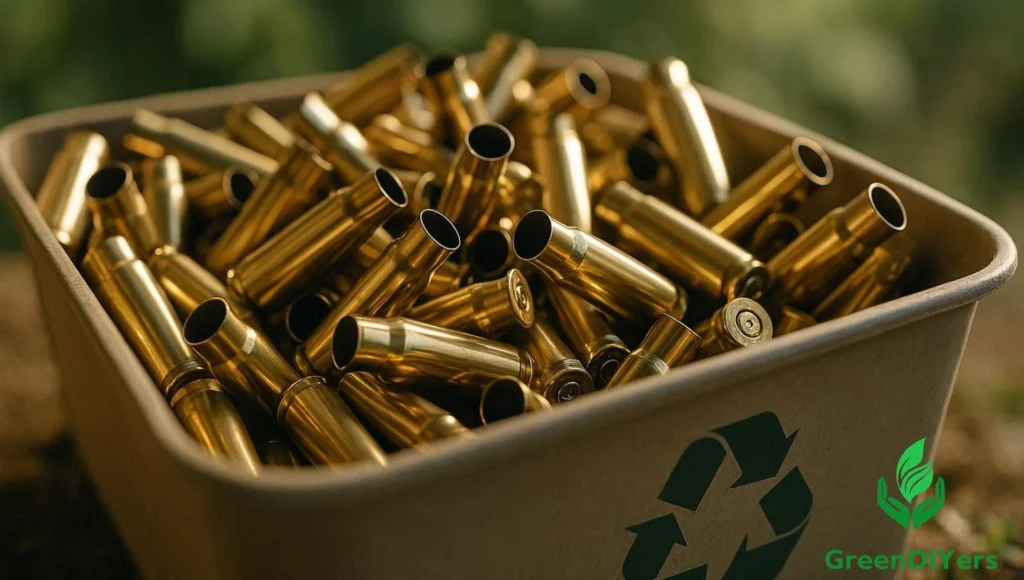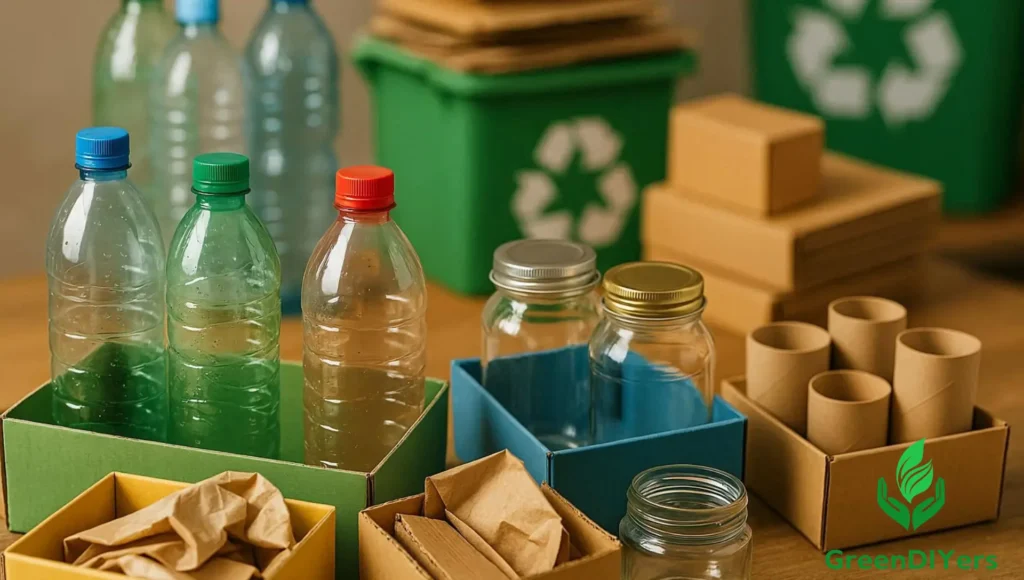Whether you’re a weekend warrior at the shooting range or a seasoned competitive shooter, you’ve probably noticed those shiny spent casings piling up after each session. What if I told you that those “empty” brass shells sitting in your garage could actually put money back in your pocket while helping the environment?
Every year, millions of rounds are fired across shooting ranges, hunting grounds, and training facilities nationwide. The result? Mountains of spent brass casings that often end up forgotten in corners or, worse, thrown in the trash. But here’s the thing – when you recycle brass shells, you’re not just cleaning up; you’re participating in a sustainable cycle that benefits both your wallet and the planet.
This comprehensive guide will walk you through everything you need to know about recycling brass shell casings. From identifying what you can recycle to finding the best buyers and maximizing your returns, we’ll cover it all. By the end, you’ll have the knowledge to turn your spent ammunition into a valuable resource.
Table of Contents
Why You Should Recycle Your Brass Shell Casings
Environmental Benefits
Let’s start with the big picture. When you recycle brass shells, you’re making a real environmental impact. Brass is an alloy made primarily of copper and zinc – two metals that require extensive mining operations to extract from the earth.
By recycling your spent casings, you’re helping reduce the demand for new mining. This means fewer strip mines, less habitat destruction, and reduced energy consumption. In fact, recycling brass uses about 90% less energy than producing new brass from raw materials. That’s a significant reduction in carbon footprint for something as simple as collecting your spent shells.
Think about it this way: every pound of brass you recycle prevents that same pound from ending up in a landfill where it would sit for decades without decomposing.
Economic Benefits
Here’s where things get interesting for your wallet. Brass is valuable – really valuable. As of recent market conditions, clean brass scrap typically sells for $2.50 to $4.00 per pound, though prices fluctuate based on global commodity markets.
Now, you might be thinking, “How much could a few shell casings really weigh?” You’d be surprised. A typical 9mm casing weighs about 60 grains (roughly 0.14 ounces). That means you’d need about 114 casings to make a pound. For rifle cartridges like .308, you’re looking at fewer casings per pound due to their larger size.
Regular shooters can easily accumulate 20-50 pounds of brass per year. That’s potentially $50-200 in your pocket annually – enough to offset a significant portion of your ammunition costs.
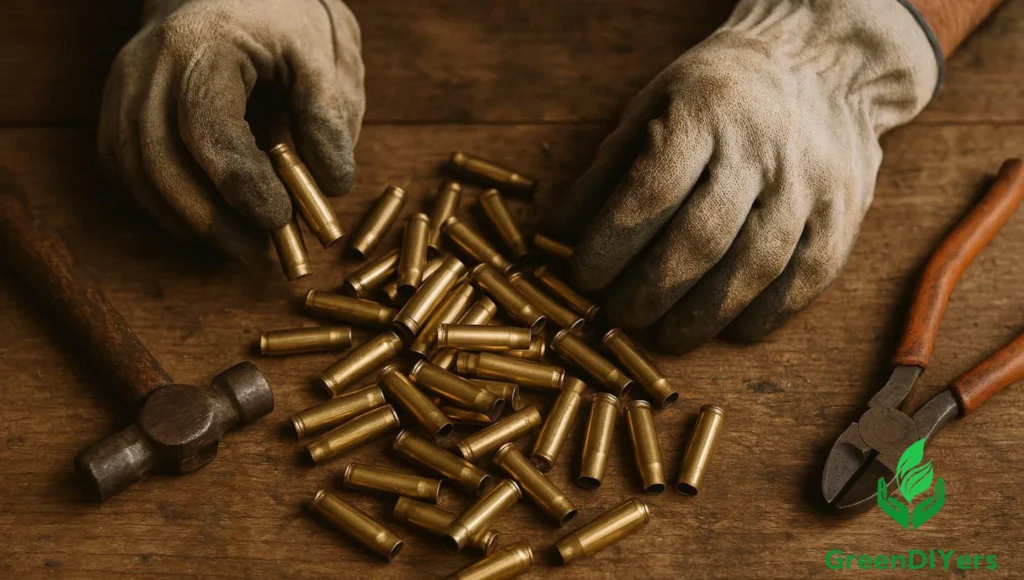
Safety and Compliance
Proper disposal of spent casings isn’t just about money and environmental responsibility; it’s about safety too. While spent brass shells are generally safe to handle, leaving them scattered around shooting areas can create hazards.
Additionally, some jurisdictions have specific regulations about ammunition disposal. By recycling through legitimate channels, you ensure compliance with local laws while contributing to responsible waste management.
Identifying Your Brass: What Kinds of Shell Casings Can Be Recycled?
Understanding Brass vs. Other Materials
Not all shell casings are created equal, and this is crucial when you want to recycle brass shells effectively. True brass casings are made from an alloy of copper and zinc, giving them that distinctive golden color. However, many modern cartridges use steel or aluminum cases, especially in military surplus ammunition.
Here’s a simple test: grab a magnet. Brass is non-magnetic, so if your magnet doesn’t stick to the casing, you likely have brass. If it sticks, you’re dealing with steel, which has its own recycling value but should be separated from your brass pile.
Look for headstamp markings on the base of the casing. These stamps often indicate the manufacturer and can give you clues about the material composition.
Common Calibers and Types Worth Recycling
Pistol Brass: The most common types include 9mm, .40 S&W, .45 ACP, and .380 ACP. These are typically all brass and perfect for recycling. Their smaller size means you’ll need more of them to make weight, but they’re often the most readily available at shooting ranges.
Rifle Brass: Calibers like .223/5.56, .308 Winchester, .30-06, and .270 Winchester are excellent for recycling. These larger cases weigh more individually and are highly sought after by both scrap yards and reloaders.
Shotgun Shells: Here’s where it gets tricky. Traditional shotgun shells have brass bases, but the hull is typically plastic or paper. For scrap purposes, you’d only be recycling the brass portion, which significantly reduces the value per shell.
What NOT to Include
Safety first – never attempt to recycle live ammunition. If you find unfired rounds mixed in with your spent cases, set them aside for proper disposal through local law enforcement or hazardous waste facilities.
Also avoid including:
- Steel or aluminum cases (recycle separately)
- Heavily corroded casings that might contaminate your brass
- Cases with live primers still installed (though many scrap yards accept these)
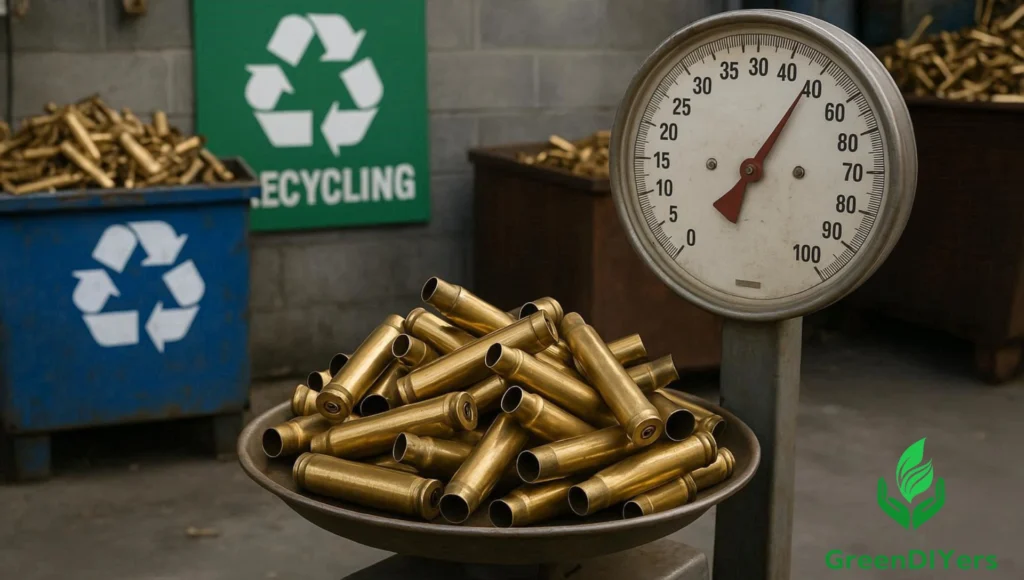
The Preparation Process: Cleaning and Sorting Your Brass for Recycling
Safety Always Comes First
Before handling any spent casings, always inspect them carefully. While rare, occasionally a primer might not have fired completely, or powder residue might remain. When in doubt, treat every casing as potentially hazardous.
Work in a well-ventilated area and consider wearing gloves, especially when handling large quantities that might have lead residue from bullets.
Cleaning Your Brass (When It’s Worth It)
You don’t need to clean brass shells to scrap them, but cleaner brass often commands better prices. If you’re dealing with muddy, dirty, or tarnished casings, a simple rinse and dry can improve their appearance and value.
For those already into reloading, tumbling your brass before recycling can increase its scrap value. Clean, shiny brass is more appealing to buyers and easier to process. However, weigh the time and energy costs against the potential price increase – sometimes it’s not worth the effort for pure scrap purposes.
Sorting: The Key to Maximum Value
This is where you can really boost your returns. Separate your brass by material first – brass in one container, steel in another. Some recyclers pay different rates for different brass alloys, so separating by caliber can occasionally yield better prices, though most scrap yards treat all brass casings as “yellow brass.”
Remove any steel components when possible. Some military brass has steel primers or other steel parts that can contaminate your brass load and reduce its value.
Storage Tips
Use sturdy containers like metal buckets or plastic barrels. Keep your sorted brass dry to prevent corrosion – moisture can cause green patina that might lower value. Store in a secure location, both for safety and to prevent theft.
Finding a Buyer: Where to Recycle Brass Shells
Local Scrap Metal Yards
Your first stop should be local scrap metal yards. Search online for “scrap metal near me” or “brass recycling” to find nearby options. Don’t just visit the first one you find – call several and ask specifically about their prices for “yellow brass” or “spent shell casings.”
Some yards specialize in ammunition components and may offer better prices than general scrap dealers. When calling, ask about:
- Current yellow brass prices
- Minimum weight requirements
- Whether they accept spent casings specifically
- Any preparation requirements
Specialized Brass Recyclers
Some companies focus specifically on ammunition brass recycling. These specialists often serve gun ranges and shooting clubs but may work with individual customers who have significant quantities.
These specialized recyclers sometimes offer better prices because they understand the value of spent casings for remanufacturing purposes.
Alternative Markets
Gun stores and shooting ranges sometimes buy back brass from customers. While they might not always offer the best scrap prices, they’re convenient and often don’t have minimum weight requirements.
Some reloaders pay premium prices for once-fired brass in popular calibers. Check local shooting forums or Facebook groups – you might find fellow enthusiasts willing to pay more than scrap value for good quality cases they can reload.
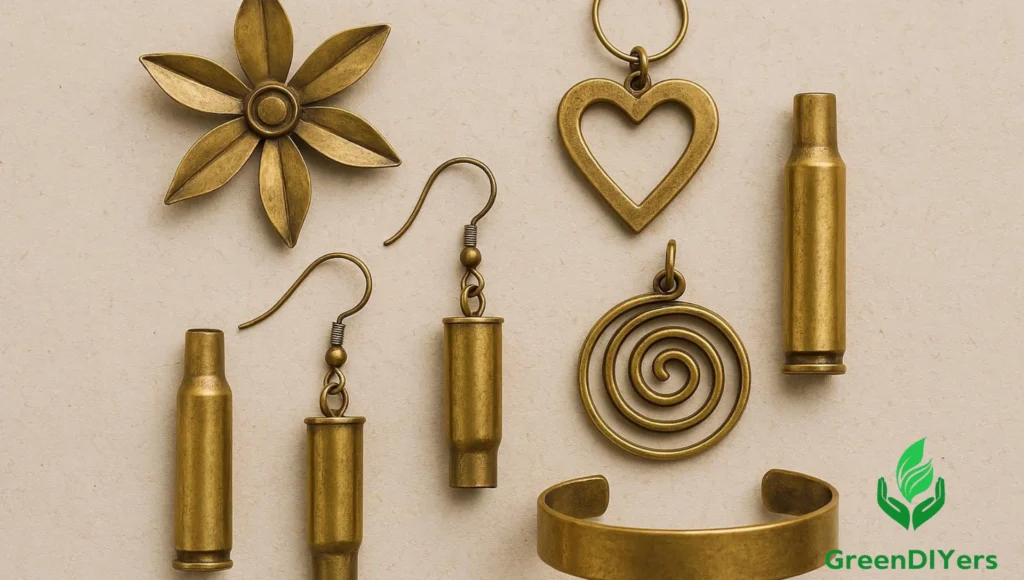
What to Expect: Understanding Brass Scrap Prices
Market Reality Check
Brass prices fluctuate daily based on global copper and zinc markets. What’s worth $3.50 per pound today might be $2.75 next month. Check current commodities prices or call local yards for up-to-date quotes before making the trip.
Yellow brass (which includes spent shell casings) typically trades for 70-85% of the price of “red brass” due to its lower copper content.
Factors That Affect Your Payout
Cleanliness matters. Clean, sorted brass commands premium prices. Dirty, mixed loads get discounted.
Volume counts. Many yards offer better per-pound rates for larger quantities. If you’re a casual shooter, consider partnering with friends or your local range to accumulate larger loads.
Location, location, location. Urban areas with more competition among scrap yards often offer better prices than rural locations with limited options.
Maximizing Your Return
Build relationships with local scrap dealers. Regular customers often get better treatment and prices. Keep detailed records of prices and weights to track which yards offer the best deals.
Consider timing your sales during periods of high copper prices, though predicting these markets is challenging even for professionals.
Beyond Scrap: Other Uses for Spent Brass Casings
The Reloading Alternative
Many spent brass shells have multiple lives ahead of them. Reloading – the process of refurbishing spent cases with new primers, powder, and bullets – is incredibly popular among shooters looking to save money and customize their ammunition.
If your brass is in good condition, especially popular calibers like .223, .308, or 9mm, you might earn more selling to reloaders than to scrap yards. Once-fired brass in premium calibers can sell for 10-50 cents per case compared to scrap value of 1-3 cents.
Creative and Decorative Uses
Spent casings have found new life in art projects, jewelry making, and home decor. Some crafters pay good money for clean, uniform cases for their projects.
Consider keeping a few unique or large caliber cases for conversation pieces or gifts for fellow shooting enthusiasts.
Frequently Asked Questions About Recycling Brass Shells
Can I recycle live ammunition? Absolutely not. Live ammunition is extremely dangerous and requires special disposal through law enforcement or hazardous waste facilities. Never put live rounds in scrap metal or regular recycling.
Do I need to remove primers before recycling? For scrap purposes, most yards accept cases with spent primers. However, removing primers (depriming) can sometimes increase value and is required if you plan to sell to reloaders.
What about steel cases – can they be recycled? Yes, but separately from brass. Steel cases have their own scrap value as steel, not brass. Keep them separate to avoid contaminating your brass load.
Is it legal to recycle brass shells? Yes, recycling spent (inert) shell casings is completely legal. Just ensure they’re actually spent and not live ammunition.
How much is a pound of brass shells worth? Current market prices typically range from $2.50-$4.00 per pound for yellow brass, but prices fluctuate regularly. Call local scrap yards for current rates.
Start Recycling Your Brass Today
Recycling brass shells isn’t just about making a few extra dollars – though that’s certainly a nice benefit. You’re participating in a sustainable cycle that reduces environmental impact while putting money back in your shooting budget.
The key is getting started. Begin collecting and sorting your spent casings today. Research local scrap yards and specialized recyclers in your area. Build up a significant quantity before making your first trip to maximize your return.
Remember, every spent casing you recycle is one less piece of metal in a landfill and one step toward more sustainable shooting sports. Your future self (and wallet) will thank you for starting this practice today.
Ready to turn your spent brass into cash? Start by locating the nearest scrap metal yards in your area and begin collecting those valuable casings from your next shooting session!

